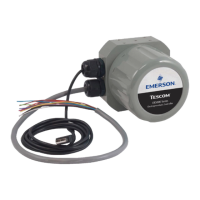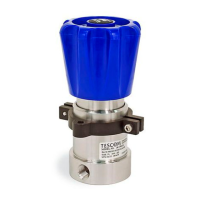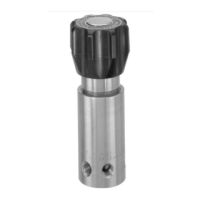ER5000 —
38
How It Works
Table 1 gives a summary of the rules of thumb for Proportional,
Integral and Derivative.
Table 1: Effect of P, I and D Increases on Response Curve of Controller
Increased
P Value
Increased
I Value
Increased
D Value
Rise Time Faster Faster Slower
Instability
(Overshoot/Ringing)
More More Less*
Settling Time Varies Longer Shorter
Offset Less Eliminate Varies
* Excess D Value can, however, result in more instability rather than less. Refer to
the restatement of the rules of thumb for Derivative on page 37.
The ERTune
™
program gives you a rich visual environment and
precise, intuitive controls for tuning the ER5000. Refer to The
Tuning Tab: Controls and Functions for Tuning the ER5000
for a detailed explanation of the program’s capabilities and
features, as well as tips and techniques to achieve optimal
system performance.
Every system has unique characteristics, every operational
environment presents unique challenges and every application
has unique requirements. Optimal tuning will invariably involve
both trial and error and compromise. Fast rise time usually comes
at the expense of increased instability. Minimizing overshoot may
result in response lag or offset. Eliminating offset may introduce
unwanted windup. It is important to know your priorities and
understand the trade-offs.

